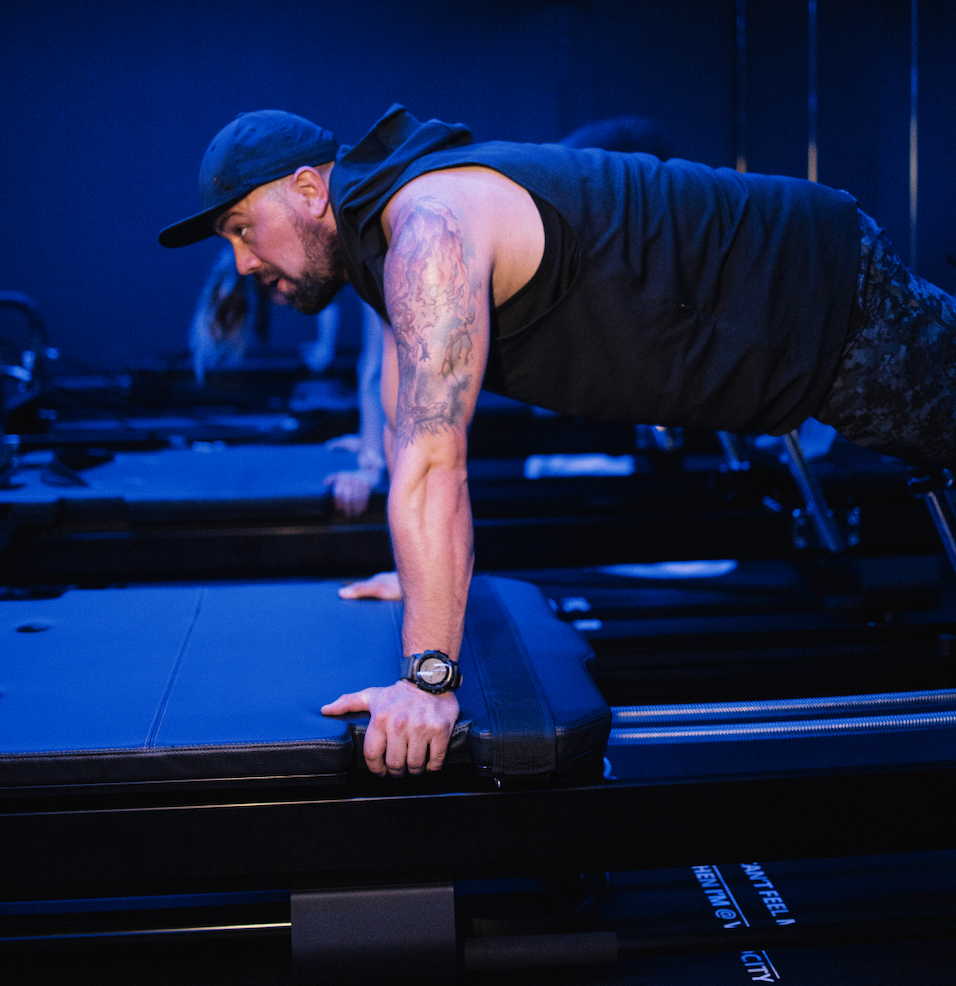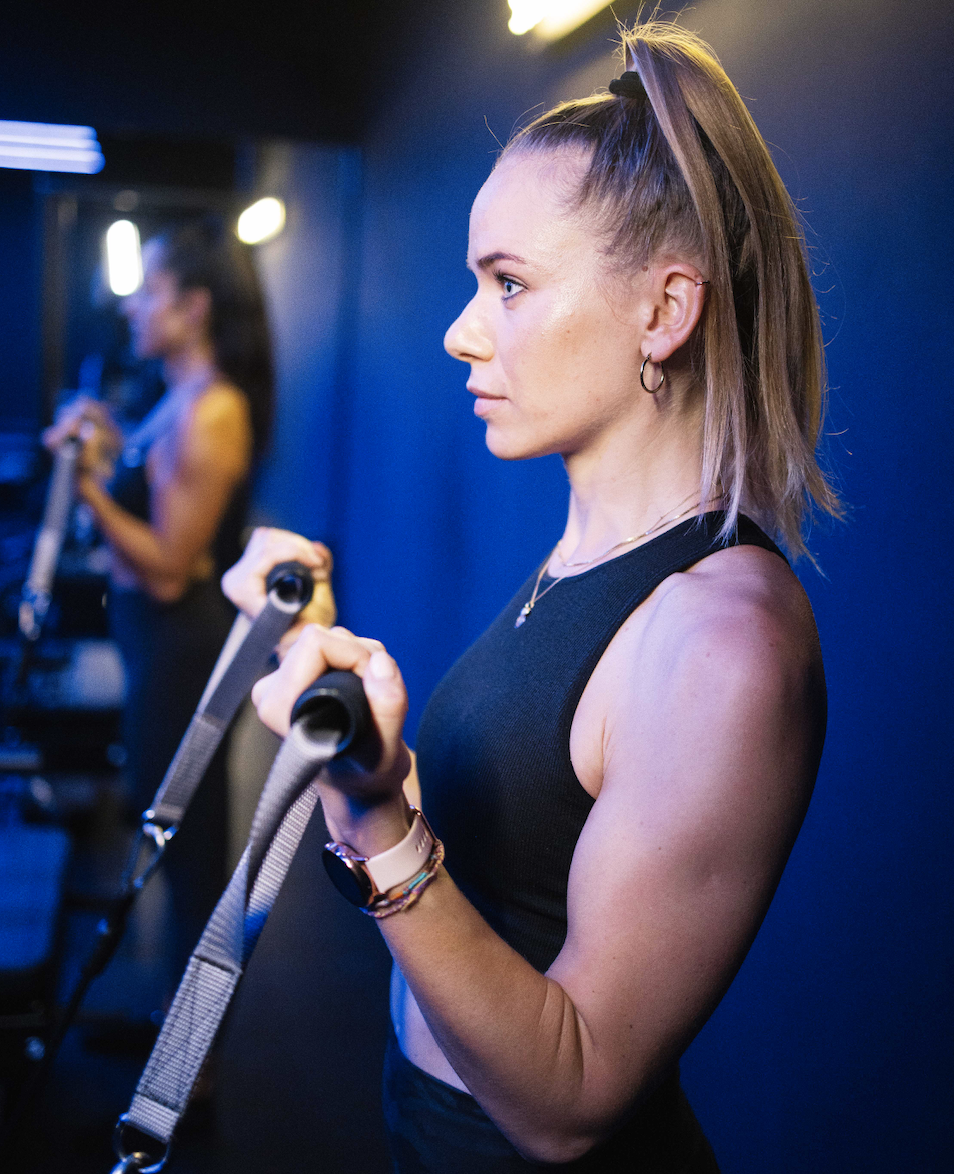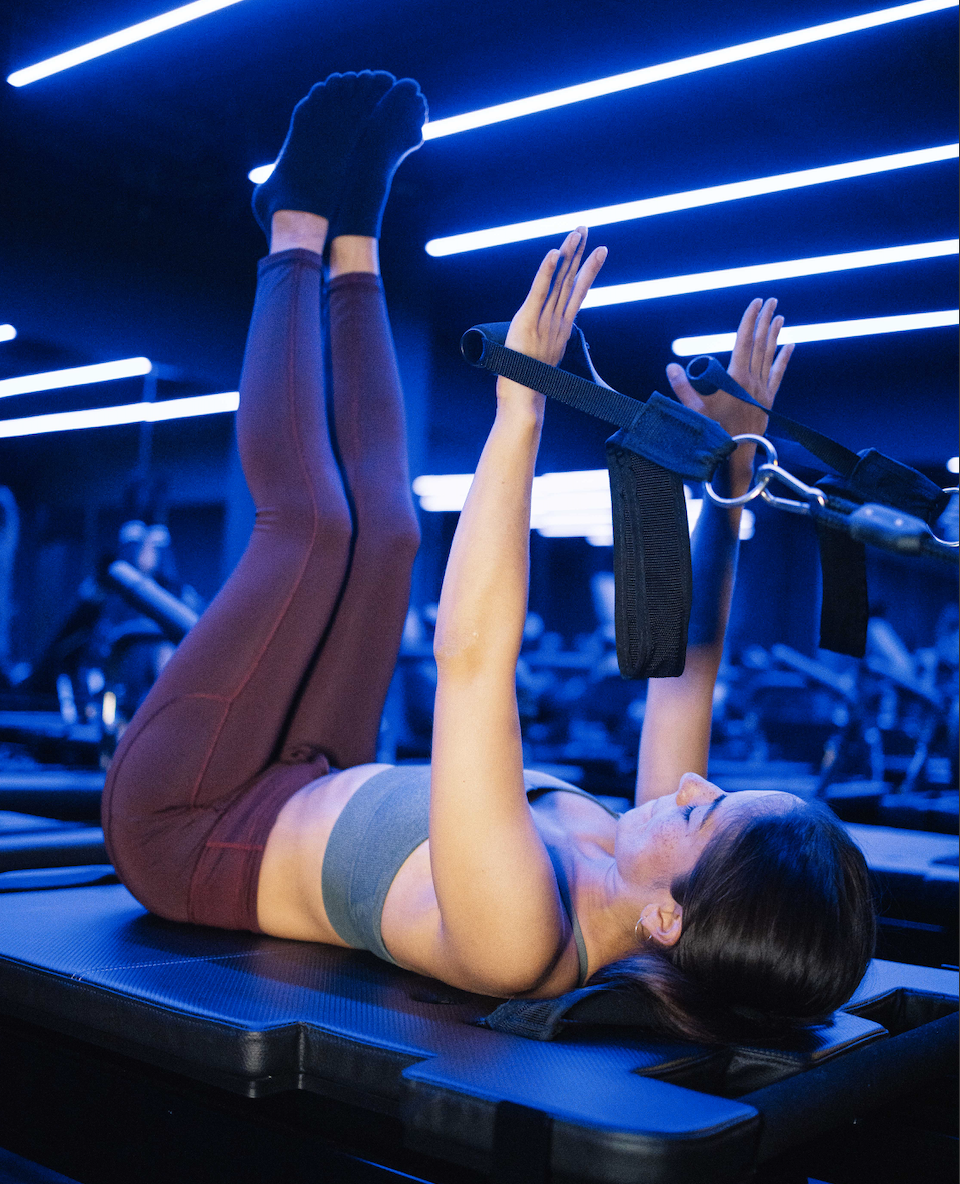Muscle Contractions: Which ones should you be doing?
by Betty- Friday, 11. September 2020
Did you know muscles make up about 35 to 42% of your body weight? Muscles affect all parts of your life. Your ability to do your daily activities, your weight, and your calorie consumption amount just to name a few. It is important to know about your muscles and how they work to optimize your results and prevent injuries.

What are the main muscle groups?
First off, these are the muscles you often focus on during a workout.
- 1. Abdominal – abdominis, transverse abdominis, and abdominal obliques
- 2. Back – latissimus dorsi, rhomboid, trapezius, teres muscle, and erector spinae
- 3. Arms & Shoulders – biceps, triceps, and the deltoids (shoulders muscle)
- 4. Chest – pectorals, divided into the pectoralis major and the pectoralis minor
- 5. Legs & Glutes – hamstrings, quadriceps, the gastrocnemius (calf muscles), and the gluteal muscles.
Types of Muscle Contraction
In order to perform any movement required both inside and outside the gym, your muscles need to contract. The three main types of muscle contractions are concentric, eccentric, and isometric.
Concentric
In this type of contraction, the muscle shortens while generating force. For instance, the movement towards your chest in a bicep curl.
Eccentric
In this type of contraction, the muscle is lengthening while generating force, usually returning to its normal position. In the same bicep curl example, this is extending your arm out. If the muscle does not control the speed of the movement then gravity would pull it down too quickly and can cause injury.
What are some exercises for concentric and eccentric contractions?
- Aerobic exercises (hiking, running, swimming, skiing)
- Resistance training exercises (squats, bench presses, pushups, pull-ups)
- Everyday activities (cleaning, gardening)
Benefits of concentric and eccentric contraction exercises:
- Improves range of motion and hence easier to do daily activities
- Improves bone density and lowers risk osteoporosis
- Builds cardiovascular health via increased oxygen consumption, cardiac output, and muscle endurance
- More efficient at building musc

Isometric contraction
In this case, force is generated without changing the length of the muscle. This is done by holding one position under tension or weight. We are constantly doing this when holding our posture.
What are some exercises for isometric contractions?
- Planks, wall sits, bridge holds
- Majority of yoga poses
- Holding a weight (or object) in a steady position in front of you
Benefits of isometric contraction exercises
- Low-impacts, great for people with joint pains
- Improves balance and stability
- Has rehabilitation effect on muscles
- Can engage both the upper and lower body to work all major muscle groups
Which muscle groups do we work in Power?
In Power, we work all muscle groups using slow, controlled movements. The springs on the Xformer machine also allows us to implement concentric, eccentric, and isometric contractions. Exercises include pushing or pulling the shuttle in full range of motion, then accompanied by holding it steady or pulsing under tension.
For instance, when we are pulling the shuttle in for a biceps curl or leg curl, that is a concentric contraction. Immediately after, we lengthen our arms or legs while fighting the resistance of the springs. This is an eccentric contraction. Power is especially good for eccentric contraction exercises. This is because as we are lengthening the body, the springs naturally want to snap back together quickly and our muscles are resisting that tension. This stresses the muscles and allows them to rebuild stronger. And the controlled nature of the exercises means little chance of injury.
Power also incorporates isometric contractions almost the entire duration of the class. Our core is constantly engaged, even as we are working other muscle groups. The full range of motion exercises are intertwined with short bursts of holding a certain position under tension. Lastly, some exercises engage a combination of muscle groups where one muscle group is in isometric contraction while another muscle group is in concentric and eccentric contractions.

Which muscle groups do we work in our cycling classes?
Our ride classes also make use of all three muscle contractions. We encourage not only pushing down on the pedals but also pulling them back up (so we are constantly fighting the resistance). This ensures that we are feeling both the concentric and eccentric contractions on our leg muscles. By keeping our core engaged throughout the class, we also feel the isometric contractions of the abdominal muscles.
Additionally, both ride classes do isolations where we hold our upper body completely still while continuing to pedal. This not only engages your entire upper body but also makes it more challenging to pedal. Of course in Volbeat, we also work all major muscle groups by using hand weights as well as push-ups and tricep-dips on the bike.
Incorporate Concentric, Eccentric, and Isometric Contractions into your Workouts
Having variety in your exercises will help you get more efficient results. You will see improvement both in your range of motions and muscle strength. So next time you book your workouts, we recommend including both Power and Ride!
References:
https://www.fitness19.com/isotonic-vs-isometric-exercises/
https://www.wonderlabs.com/blog/5-major-muscle-groups-of-the-body-and-their-function
https://gasparinutrition.com/blogs/fitness-facts/what-are-the-major-muscle-groups



3 Ways to Push Through a Tough Workout
/in Health, Lifestyle, Living in Zug, Living in Zurich, Power, Rides/by CaseyMeet Your New Power Coach, Julia
/in Health, Lifestyle, Living in Zug, Living in Zurich, Power, Rides/by CaseyWhy Breakfast Matters: Fueling Your Day the Right Way
/in Health, Lifestyle, Living in Zug, Living in Zurich, Power, Rides/by Casey